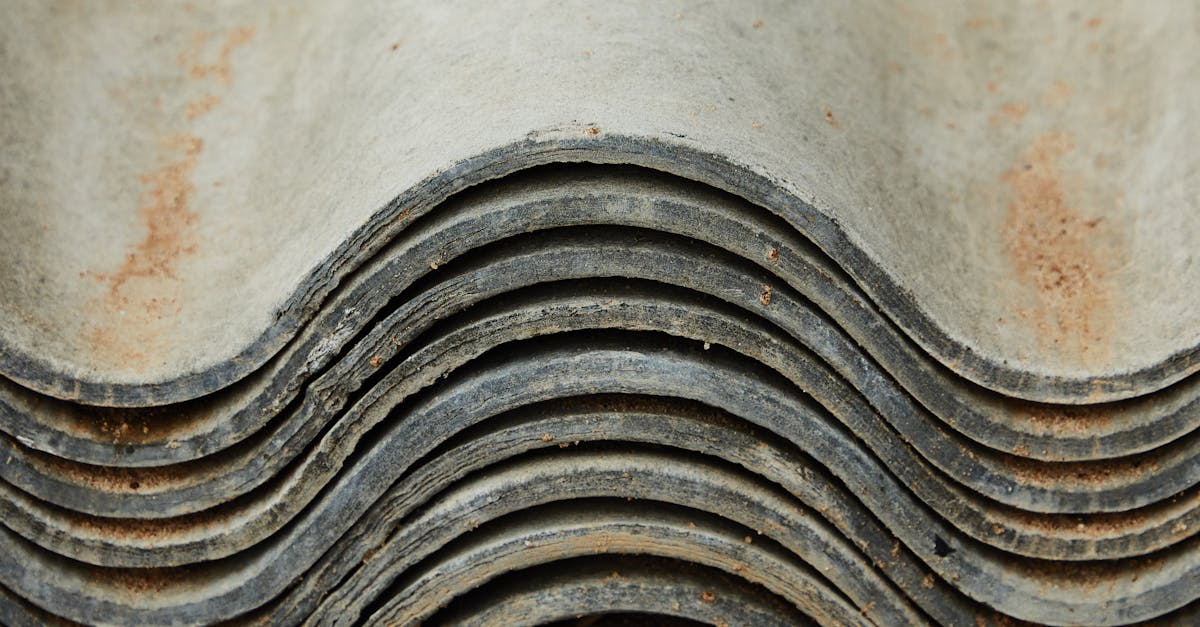What is the most expensive part of a new roof?

Table Of Contents
Geographic Variations in Roofing Prices
Pricing for roofing projects can vary significantly depending on geographical factors. Urban areas typically exhibit higher labor and material costs due to the increased demand for skilled contractors. Areas prone to extreme weather may also see elevated prices, as the necessity for durable materials and specialized labor becomes essential to ensure longevity and reliability.
Additionally, regional regulations and building codes can influence costs. Some areas require specific roofing materials or techniques that comply with locality standards, which can add to overall expenses. Transportation costs for materials can further inflate prices in rural regions, where availability may be limited. Understanding these regional differences is vital for homeowners when budgeting for a new roof.
How Location Influences Material Costs
Material costs for roofing can vary significantly based on geographic location. In urban areas, transportation costs tend to be higher due to increased demand and logistical challenges. This can lead to a spike in prices for certain materials, especially if those items need to be shipped from distant suppliers. Additionally, local regulations and building codes often dictate the types of materials that can be used, which may further influence the overall cost.
Climate also plays a crucial role in determining material prices. Regions that experience extreme weather conditions may require more specialized roofing materials that can withstand heavy rain, snow, or high winds. These materials, while potentially more expensive upfront, can ultimately lead to cost savings in maintenance and repairs. Local supply and demand dynamics can also impact pricing; for instance, if a specific roofing material is in high demand due to a recent trend, prices may surge accordingly.
Longterm Expenses of Roofing
The costs associated with a new roof extend beyond the initial installation. Homeowners must consider the long-term expenses that come with maintenance, repairs, and eventual replacements. Frequent weather changes and environmental factors can accelerate wear, necessitating regular inspections to identify and address potential issues. The choice of materials plays a significant role in determining how long a roof can last before requiring costly interventions.
Choosing high-quality roofing materials can mitigate many long-term expenses by reducing the frequency and extent of repairs. Durable materials not only withstand severe weather but also minimize the chances of leaks and structural damage over time. While the upfront investment may be higher, it often pays off through extended lifespan and reduced maintenance needs. Investing wisely from the beginning can lead to substantial savings and peace of mind down the road.
Evaluating Maintenance and Repair Needs
The ongoing maintenance and repair requirements of a roof can significantly impact long-term costs. Regular inspections help identify potential issues before they escalate, ensuring that minor repairs do not lead to extensive and costly damage. The type of roofing materials used also plays a crucial role in how often repairs are needed. For instance, asphalt shingles might require more frequent attention compared to metal or slate options.
Homeowners should be aware of the environmental factors that can affect roof longevity and maintenance. Areas with heavy snowfall, high winds, or intense heat may lead to more rapid deterioration, necessitating a more proactive approach to upkeep. Investing in quality materials often correlates with lower maintenance and repair needs, as higher-grade options typically withstand harsh conditions better. This consideration is vital for budgeting and planning for the future.
Benefits of Investing in Quality Materials
Investing in quality materials can lead to significant long-term advantages for homeowners. Higher-grade roofing products tend to be more durable and weather-resistant, providing better protection against harsh environmental conditions. This can reduce the frequency of repairs and replacements, ultimately saving homeowners money over time.
Moreover, quality materials often come with extended warranties that surpass those of standard products. This added assurance not only safeguards your investment but also enhances the property's value. Choosing superior materials creates a solid foundation for a roof that stands the test of time, promoting peace of mind for homeowners.
The Longevity Advantage
Choosing high-quality roofing materials can significantly reduce long-term expenses associated with repairs and replacements. Durable components often come with extended warranties, offering peace of mind to homeowners. Investing in superior materials may seem costly upfront, but it often translates into fewer issues down the road. Homeowners can enjoy a lower total cost of ownership when they select robust options that resist weather-related damage.
Additionally, high-quality roofing materials can enhance a home's energy efficiency by providing better insulation. This can lead to lower heating and cooling bills over time. A roof that effectively manages temperature can create a more comfortable living environment. Many premium materials also offer aesthetic benefits, maintaining their appearance for longer periods. It becomes evident that investing in quality not only improves functionality but also adds long-term value to the property.
FAQS
What is the most expensive part of a new roof?
The most expensive part of a new roof typically includes the materials used, such as high-quality shingles, tiles, or metal, along with labor costs associated with installation.
How do geographic variations affect roofing prices?
Geographic variations can significantly affect roofing prices due to differences in material availability, local labor costs, and regional climate conditions that may necessitate specific roofing materials.
What long-term expenses should I consider when installing a new roof?
Long-term expenses for a new roof include maintenance and repair costs, potential energy savings, and the need for eventual roof replacement, which can vary based on the materials used.
Why should I invest in quality roofing materials?
Investing in quality roofing materials can provide benefits such as enhanced durability, better weather resistance, and a longer lifespan, ultimately saving you money on repairs and replacements over time.
How does the longevity of roofing materials impact overall costs?
The longevity of roofing materials impacts overall costs by reducing the frequency of replacements and repairs, meaning that higher-quality materials may lead to lower expenses in the long run, despite a higher initial investment.